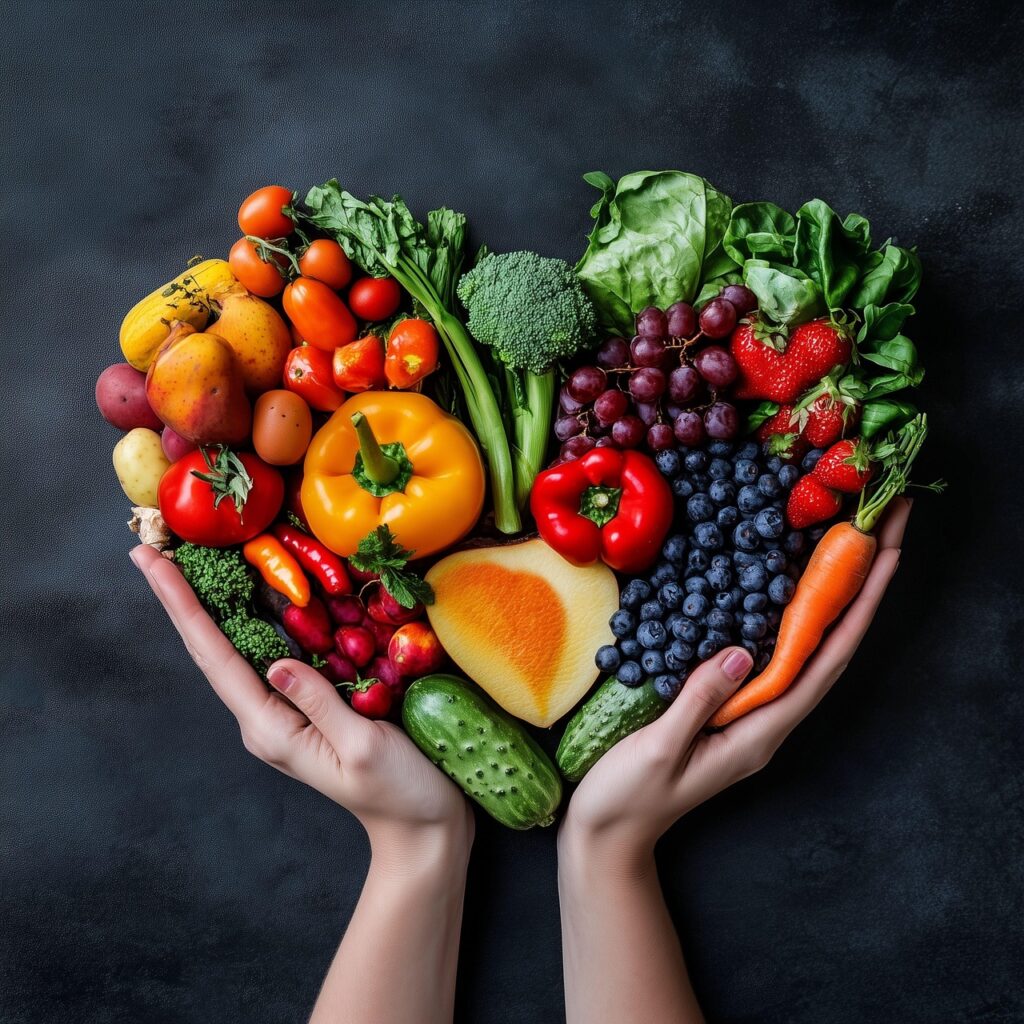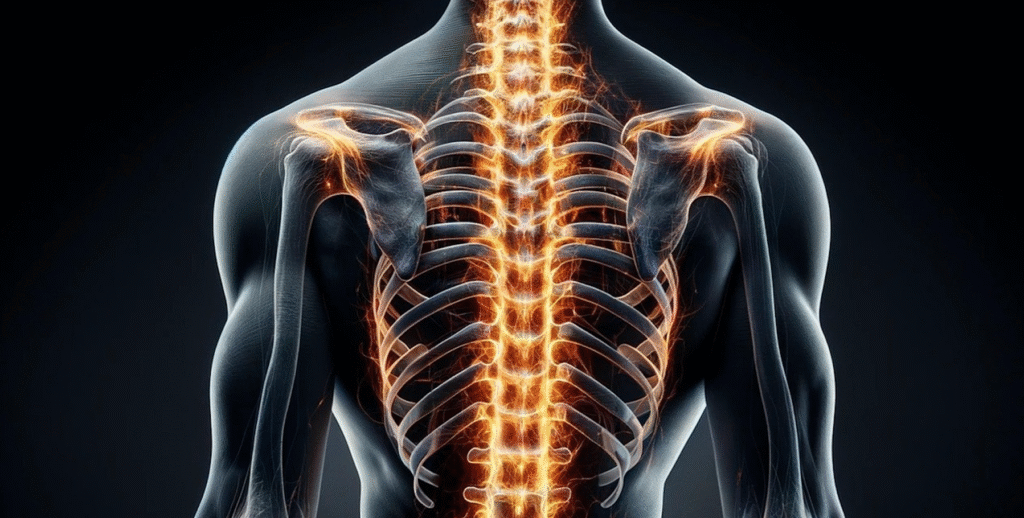Introduction: Why Inflammation Might Be Holding You Back
If you’re struggling with low energy, frequent headaches, joint stiffness, digestive issues, or even mood swings, it’s easy to feel like you’re constantly playing catch-up with your health. Many people live with these symptoms for years, assuming they’re just part of getting older or being busy. But there’s a growing body of research pointing to a hidden culprit behind many of these issues – chronic inflammation.
Unlike the kind of inflammation you get with a sprained ankle or a paper cut (which is short-term and helpful as it focuses on healing), chronic low-grade inflammation simmers under the surface and can silently fuel conditions like heart disease, diabetes, brain fog, fatigue, and autoimmune flare-ups.
The good news? You can reduce this inflammation naturally – no extreme diets or supplements required. In this post, we’ll break down exactly what a low-inflammation lifestyle is, what it looks like in real life, and how to start making simple, lasting changes today.
What Is a Low-Inflammation Lifestyle?
A low-inflammation lifestyle focuses on minimizing chronic inflammation through intentional choices in food, movement, stress management, sleep, and environmental exposure. It’s not a strict diet or one-size-fits-all protocol. It’s more of a flexible, long-term approach to wellness.
Let’s explore the key components that define this way of living.
Key Features of a Low-Inflammation Lifestyle
1. Anti-Inflammatory Eating Habits
- Emphasis on whole, unprocessed foods: Think fruits, vegetables, leafy greens, nuts, seeds, healthy fats (like olive oil), and wild-caught fish.
- Limit sugar, refined carbs, and trans fats: These trigger inflammatory responses in the body.
- Spices like turmeric and ginger: These have natural anti-inflammatory compounds.
- Hydration: Clean water helps flush out toxins and keeps inflammation in check.

2. Consistent, Moderate Movement
- Daily physical activity like walking, swimming, or yoga reduces inflammatory markers.
- Intense workouts are great in moderation but can increase inflammation if overdone or if recovery is poor.
3. Stress Reduction Techniques
- Chronic stress increases cortisol, which keeps inflammation high.
- Techniques like breathwork, meditation, journaling, and even time in nature can help reduce this impact.
4. Prioritizing Restorative Sleep
- Poor sleep leads to elevated inflammation.
- A regular sleep schedule, reducing blue light before bed, and creating a calming bedtime routine can make a big difference.
Read more how to improve sleep naturally in this article >READ MORE<
5. Limiting Environmental Toxins
- Household cleaners, beauty products, and even plastic containers can contain endocrine disruptors that raise inflammation.
- Choosing more natural or low-tox options is a smart upgrade over time.
Pros and Cons of the Low-Inflammation Lifestyle
Like any lifestyle change, this one has its upsides and potential challenges. Here’s a clear breakdown:
Pros
- Reduces risk of chronic disease (e.g., heart disease, arthritis, diabetes)
- Boosts energy and mental clarity
- Improves gut health and digestion
- Supports healthy weight and metabolism
- Strengthens the immune system
- Adaptable to any dietary preference (vegan, paleo, Mediterranean, etc.)

Cons
- May require habit changes (e.g., cooking more at home, reducing processed snacks)
- Takes time to see full results – not an overnight fix
- Can feel overwhelming at first without a clear plan
- Social situations (restaurants, parties) may require more thoughtful choices
Who Is a Low-Inflammation Lifestyle Ideal For?
This lifestyle is incredibly flexible, making it suitable for a wide variety of people:
- Busy professionals who want more energy and mental clarity without overhauling their entire routine.
- People with autoimmune issues who want to reduce flare-ups naturally.
- Anyone dealing with chronic fatigue, bloating, or skin issues – common signs of inflammation.
- Aging adults who want to prevent chronic diseases and feel more mobile and active.
- Health-conscious beginners looking for sustainable ways to upgrade their lifestyle without crash diets.
It’s not about being perfect. It’s about being consistent.
How to Start a Low-Inflammation Lifestyle (Without Getting Overwhelmed)
Here are simple, actionable steps to help you ease into this lifestyle – no drastic changes needed:
1. Start with Food
- Add in more colorful vegetables to every meal (greens, peppers, berries, sweet potatoes).
- Swap seed oils (like corn or soybean oil) with extra virgin olive oil or avocado oil.
- Reduce sugar gradually – try sparkling water instead of soda, or fruit instead of candy.
- Plan one anti-inflammatory meal a day (like salmon with quinoa and sautéed spinach).

2. Move Your Body Daily
- Walking 20–30 minutes a day is enough to lower inflammation levels.
- Add gentle stretching or yoga to your morning or evening routine.
- If you enjoy working out, focus on recovery – use rest days, foam rolling, and hydration.
3. Manage Stress Proactively
- Try box breathing (inhale 4, hold 4, exhale 4, hold 4) for 5 minutes daily.
- Journal about what’s stressing you out – and what you can control.
- Spend time outdoors or with people who lift you up.
You can learn more about breathwork by reading this article >READ MORE<
4. Sleep Smarter
- Aim for 7–9 hours of quality sleep.
- Wind down without screens 30–60 minutes before bed.
- Keep your bedroom cool, dark, and quiet – consider blackout curtains or a white noise machine.
Read more how to improve sleep with tech-free evening >READ MORE<
5. Upgrade One Product at a Time
- Switch to a natural deodorant or glass food storage containers.
- Choose fragrance-free lotions or eco-friendly cleaning sprays.
- Don’t feel like you have to change everything at once – start with what you use most.

Quick summary
A low-inflammation lifestyle isn’t about cutting out everything you love or chasing perfection. It’s about making intentional, sustainable choices that help your body do what it’s naturally designed to do: heal, thrive, and feel good.
Here’s a quick recap of what we covered:
- Chronic inflammation is linked to many everyday health problems – but it’s reversible.
- A low-inflammation lifestyle focuses on smart food choices, regular movement, quality sleep, reduced stress, and lower toxin exposure.
- The approach is flexible, sustainable, and evidence-backed – and it’s ideal for anyone looking to improve long-term health.
- Start small. Swap one thing this week. You don’t need a perfect plan – just a commitment to begin.
Your body knows how to heal – you just have to support it.







